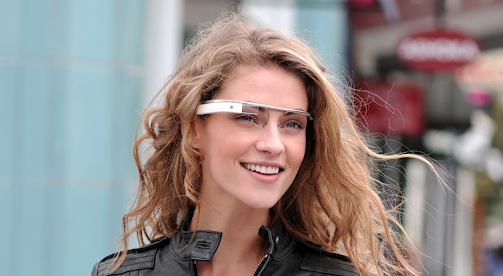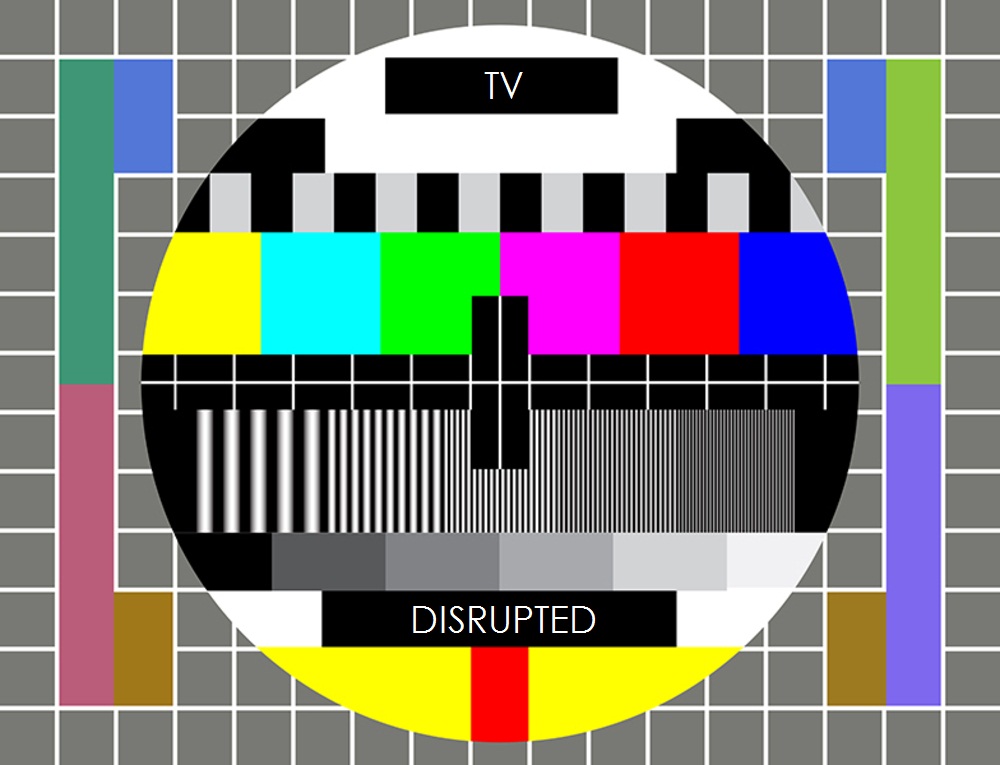The Business of TV is about to Change

TV is changing. I know that people have said for years that Interactive TV will be the big thing next year. We’ve heard about interactive TV, IPTV, Digital TV and recently the Connected TV, and all those things, but nothing has really changed. Sure, TV is now flat and digital with bigger and sharper picture. The way we use TV however is still basically the same experience. This is the nature of technology evolution, it takes time and it takes many steps before it will have a game changing impact on culture. However, we are now seeing some signs that changes are coming to the TV – at last we will see that TV is the next big thing in consumer technology but it might be different than we thought is would. And it is based on software. The transformation of the current model to smart software model.
We can find some clues, not in TV technology but in another technology that got disrupted few years ago – the mobile phone. There could be some similarities to the TV business and the mobile business. The evolution of the mobile phone was something like this: first the phone was analog, then digital, then packet switched – or internet based, then the software took over and the phone became a platform for apps.
TV has gone through the same stages. First analog, then digital, and now internet based with all the “connected” or “smart” TVs. Next step is software. Before the software technology companies like Apple and Google disrupted the phone business, it was ruled by closed model platforms and walled garden mobile operators . What these operators had in common was their roots in phone handset hardware and telecom system hardware with propitiatory closed operating systems. What Apple did was to bring a real OS into the phone and make it a software platform. The shift was from hardware to software. And this is where TV is going: to software.

We are seeing first clues with Smart TV or Connected TV where TV manufactures are bringing software into their TV sets, which is connected to the Internet. In addition, services like NetFlix are being offered. With this the viewer is given the control of the TV schedule. We actually see a trend toward this with the popularity of YouTube.
Traditionally, the TV industry has basically been all about broadcasting hardware and building infrastructure. Broadcasting TV used to require huge financing and is subject to licenses and regulation. The broadcaster has total control, decides on the schedule and content. You sign up to a service and usually get a set-top-box (STB), a small device that connects to the TV screen. The TV company (or cable or phone company) gives this box to you for “free” in exchange for some fixed length subscription.
The problem with these STB is that they are cheap low-end computers with limited capabilities, resulting in slow and boring user experience, and lack of possibilities. The software that runs on these boxes is proprietary software shipped with the box. This closed low performance clunky STB model is perfect for disruption. With focus on user experience and high-performance hardware and real operating system, it is likely that the software model will win. Just like the mobile hardware companies like Nokia, Ericsson and RIM are loosing the mobile battle to the software ecosystem companies like Google and Apple.
Another reason this model is going to break is that the viewer has no control. You stick to the schedule of the TV channels. There are indication that this model is not favored by the net generation. They like to be in control, watch whatever they feel like, when they feel like. There is a reason for the popularity of Youtube, TED, Fora.TV and all these channels. Giving complete control might not be the right solution. TV viewers are used to “just sit down and turn on the TV”. They watch movies because they are on tonight. The right solution might be to find the right mix for the views. Netflix is trying to do this my recommending pictures based on the views preference. Your own TV channel, tailored to you.
Comparing the TV industry to the mobile industry is not strictly so straight forward. These industries are different. If you compare mobile phones and TVs, mobile phones are developing much faster and people replace them every 2-3 years. TVs last for years, at least 10 years. But then, it is not the TV set that is the key but the STB. People might be willing to replace that more frequently. Another huge difference is the nature of the business. TV is all about content, while phones are about communications – and with smartphones, about apps performing various task, be they time savers (reading email) or time killers (playing games), time wasters some might say.
But the interesting thing is that TV will be a software business. When you have a STB (or TV) from Apple or Google, the game has changed. These are software companies that target their consumers with ecosystems of devices and content. Now image that you box is running a real software platform.You can install Apps to the TV. These can take advantage of what is being viewed and, importantly, communicated to the tablet you hold while watching. This is the interesting part. The tablet (or the smartphone) is the perfect “remote control”. Why would you need a dedicated small device with lots of buttons to control the TV. When the remote was invented it was so that people would not need to get up to change channels or the volume. Over the years the controls have only increased.
Replacing software with new version is totally different than changing the TV set. Replacing the software is just an online update that can happen automatically. Another idea is that the tablet or smartphone, even a laptop can act as a STB, making the STB software instead of hardware. These devices are getting so powerful that they are fully capable of streaming content to a big shared screen.
Another trends that is making the remote control doomed, is voice control and gestures. Voice as input is getting more sophisticated. Samsung already has a system responding to voice. So has Microsoft with Kinect, and Apple has their Siri software. Gesture is also getting very good as demonstrated by Kinect and other technologies.
The move from hardware to software and more personalized experience is going to be a huge change in the TV experience. When the TV becomes an application platform, and interactions with other devices are possible, a whole new set of opportunities will open.





